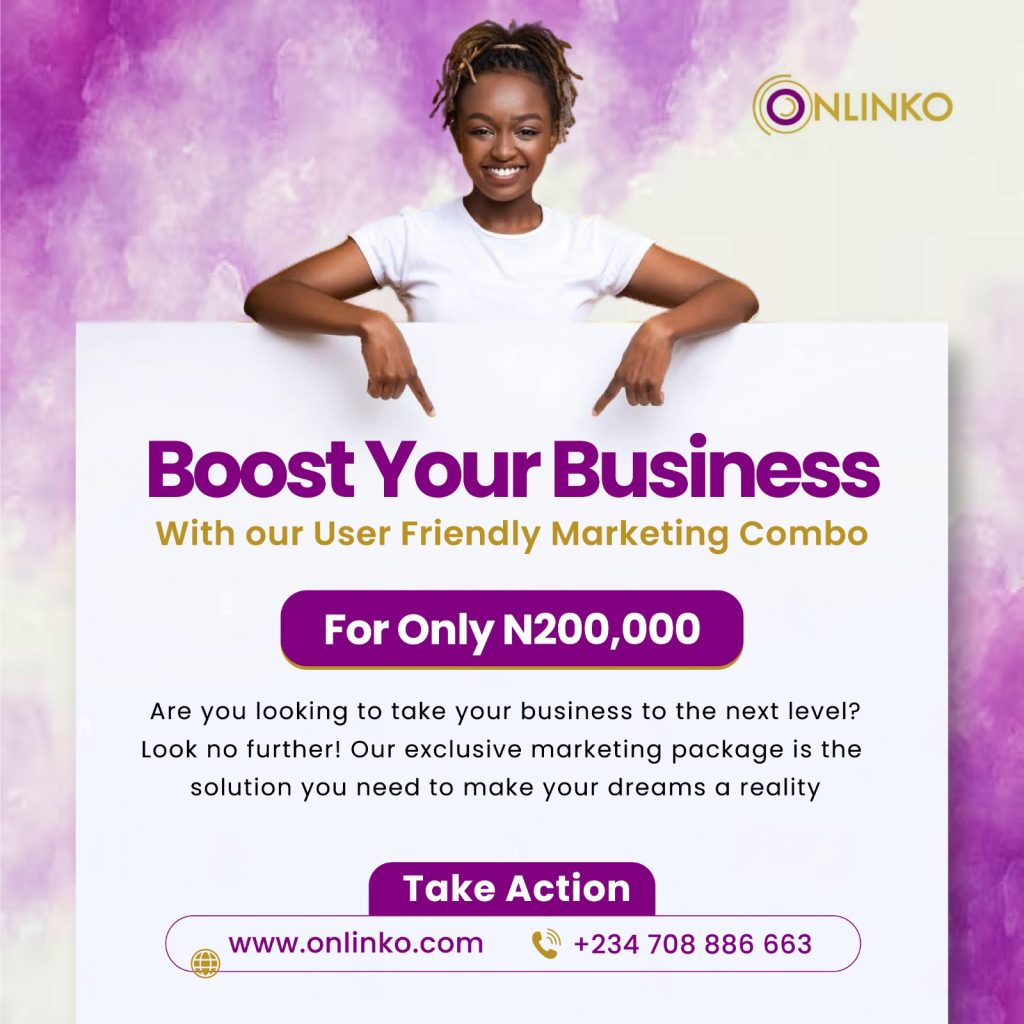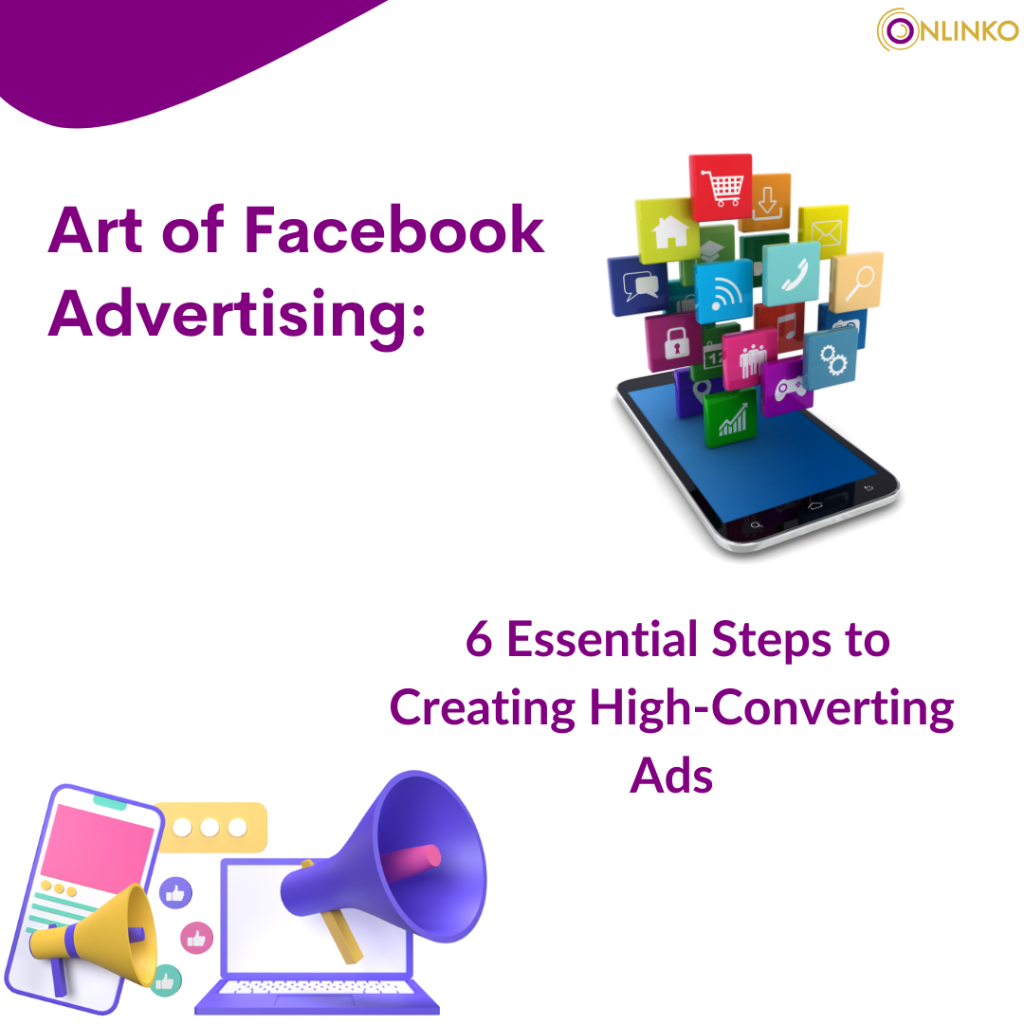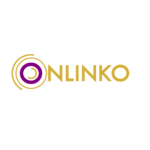In today’s digital age, mastering the art of Facebook advertising is essential for achieving success. With over 2.8 billion monthly active users, Facebook provides an unparalleled platform to reach your target audience.
However, creating high-converting ads requires careful planning and execution.
Before diving into the steps, it’s crucial to understand why high-converting ads are important.
A high-converting ad is one that not only generates clicks but also leads to the desired action, whether it’s a purchase, sign-up, or download.
These ads have a direct impact on your return on investment (ROI) and ultimately drive business growth. By optimizing your ads for conversions, you can maximize the effectiveness of your Facebook advertising campaigns.
You’re a small to medium sized B2C or e-commerce company looking to run effective ad campaigns focused on conversions and sales.
So, how do you do it?! In the 6 steps below, we outline everything you need to know to run effective Facebook ad campaigns, including audience targeting, creative tactics, testing and tracking, reporting, and so much more.
Brand awareness is always a component of advertising, but because most companies can’t afford to run a brand awareness campaign at full-scale, we’ve instead built this list to focus on conversions and catalogue sales.
Let’s get to it!
1. Install a Facebook Pixel
Before embarking on your Facebook advertising campaign, or even running any ad, this is a crucial first step!
Add a Facebook pixel to your website as far in advance as possible to begin gathering data about your visitors, including their behavior and traffic.
The longer this pixel is on your site, the more data you’ll collect and the better you’ll be able to understand your audience and their trends.
2. Know Your Audience

There are a few different elements of the ad itself where the ad can flag the algorithms as well as turn people off.
Hand-in-hand with audience targeting is competitive research around the products and brands that are similar to yours.
What unique selling points do they highlight to target their consumers? What do their consumers like or dislike most about competitive products in your market? The better you understand your audience’s problems and your competitors’ solutions, the more effectively you can create ads that establish a strong market fit for your product.
Keep in mind: you’ll have different audiences for each ad platform or channel, so it’s important to define different audiences for Facebook and Instagram.
Facebook audiences tend to be more heavily populated by conservative and Gen X customers, whereas Instagram is composed of a broader, albeit younger millennial/Gen Z crowd.
Tailor your customer personas, as well as your ads, accordingly! After all, a clear understanding of your audience will drive not only your ad creative, but your company branding and the wider customer value journey as well.
3. Work on Your Creative
Your creative needs to match your brand and target audience. A high-end product, for example, needs to have an ad that’s equal in quality.
Even outside of your ad campaign, every aspect of your branding — landing pages, website, advertisements, etc. — need to reflect the same production value as the product itself.
If your production value is at odds with your product market fit, you’re creating a dissonance that potential consumers will pick up on and be turned away from.
There are many types of ad creatives — photo, video, gif, etc. — but each is driven first and foremost by budget.
That’s why we recommend starting with a loose budget and working backwards, since this will largely inform and guide what you’re able to do with a campaign.
What themes, functionalities, or unique selling propositions can be conveyed in the medium you’re budgeted for? If you have a smaller budget, consider where your product plays best so you can target the most high-converting areas.

4. Start With Story
In advertising, the crux of your product’s story is its Unique Selling Proposition, or USP, which conveys to your audience precisely what problem it aims to solve and how it can uniquely benefit their lives beyond anything else on the market.
The story is the heart and soul of your Facebook ads.
It’s what captures the attention of your audience and compels them to take action.
When crafting yourstory, focus on addressing the pain points of your target audience and showcasing the benefits of your product or service.
Ensure your advertisements make a concise and easily-understood promise to the consumer about how your product will enhance their lives, solve their problems, or offer a unique benefit that simply can’t be found elsewhere.
Spell out a direct correlation between the purchase of your product and the receipt of a benefit.
Being entertaining is a helpful catalyst in making your brand promise stick, but more important than being “original” or “creative” is telling a crystal clear story about your product’s unique benefit.
5. Tracking & Testing
Tracking is absolutely critical to understanding the successes and failures of your ad campaign and building a comprehensive trove of data to analyze and understand.
Doing so is as easy as installing the Facebook Pixel we’ve outlined in Step 1.
In terms of testing, there are an overwhelming number of dials to turn on Facebook to improve strategic KPIs.
So, where to begin? We’ve created a detailed list below of the top KPIs both within your Facebook campaigns and on your website so you can best determine a path to success.
KPIs obviously depend on the goals of the campaign but because most SMBs are focused squarely on increasing conversions and sales, we’ve identified the metrics most relevant to those goals.
TOP FACEBOOK AD KPIs
Website Purchase Conversion Value.
Cost Per Result. This metric is more of a symptom than it is an action item and is indicative of what other KPIs may or may not be working. This is often a mirror of other metrics that may be performing well or poorly.
Amount Spent. This will change per campaign based on how your audience is engaging with ads. If a particular demographic isn’t performing very well, dial that back and re-allot that spend to a demographic that is performing well.
Click-Through Rate (CTR). This will likely vary per campaign, ad set, or even ad depending on how complex or widespread your campaign is. Like the Cost Per Result, CTR is a symptom that lets you know your ad creative or targeting need to be improved.
Cost Per Click (CPC). Your CPC is another symptom that signifies the quality of your ad, what your audience is thinking and doing, and what your competition is paying attention to. Very specific niche demographics or heavily saturated markets will both be costly to target. If your ads are irrelevant to your audience or are of low quality, your CPC will be higher than average.
Impressions. This allows you to see whether or not your audience is big enough. Impressions are essentially the “wide net” of your campaign, so it needs to be large enough to allow a strong CTR and website conversion value that makes sense for your brand.
Results. Are you garnering enough conversions at adequate purchase amounts to make a profit and keep your business afloat? If you spent 1000 on ads to only sell 100 worth of product, it’s time to rethink your campaign.
6. Reporting
Facebook Ads live and die by their data collection, and part of that process is regularly analyzing and reporting the data that’s been collected during the campaign’s lifespan.
Many ad managers, including Google and Facebook, collect troves of informative, helpful, and invaluable data automatically, but you should perform your own data collection as well.
Build your own proprietary documents that highlight the metrics most indicative of your brand’s success to allow smarter tracking.
You should also have documents that detail exactly what changes were made to your accounts and when.
If you’re not tracking which dials you turn, you won’t be able to understand exactly what’s responsible for the positive or negative changes.
Data collection, analysis, and reporting are the differences between one-off flukes and high-converting, profitable campaigns.
CONCLUSION
Successfully advertising on Facebook is both a science and an art that requires diligence, analysis, and creativity to be performed at its best . . . and its most profitable.
By following these steps, you can find the perfect market fit for your product and the most effective ways to build high-converting campaigns around it that can help your brand grow and scale.
Ready to take your advertising efforts to the next level? If you’re ready to work with an advertising partner who understands your brand and uses unique data-insight and creative strategies to scale, give us a call and let Onlinko Agency guide the way.

